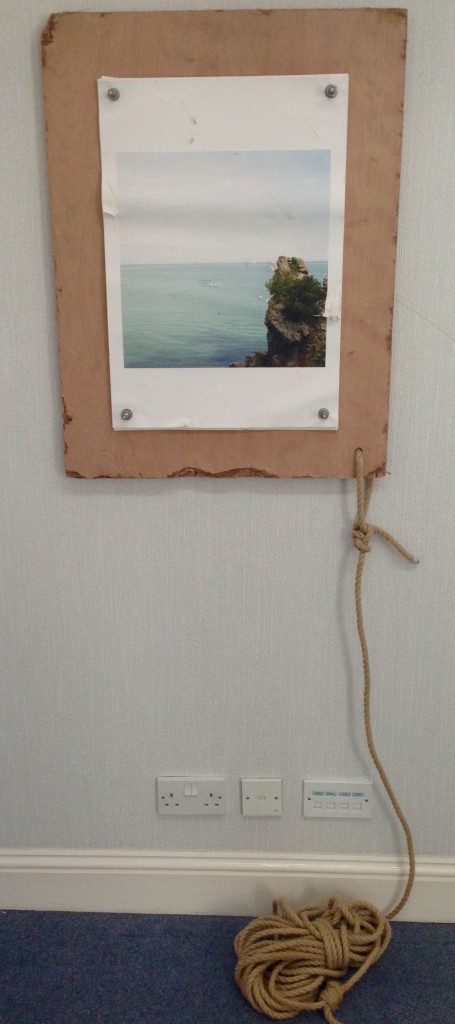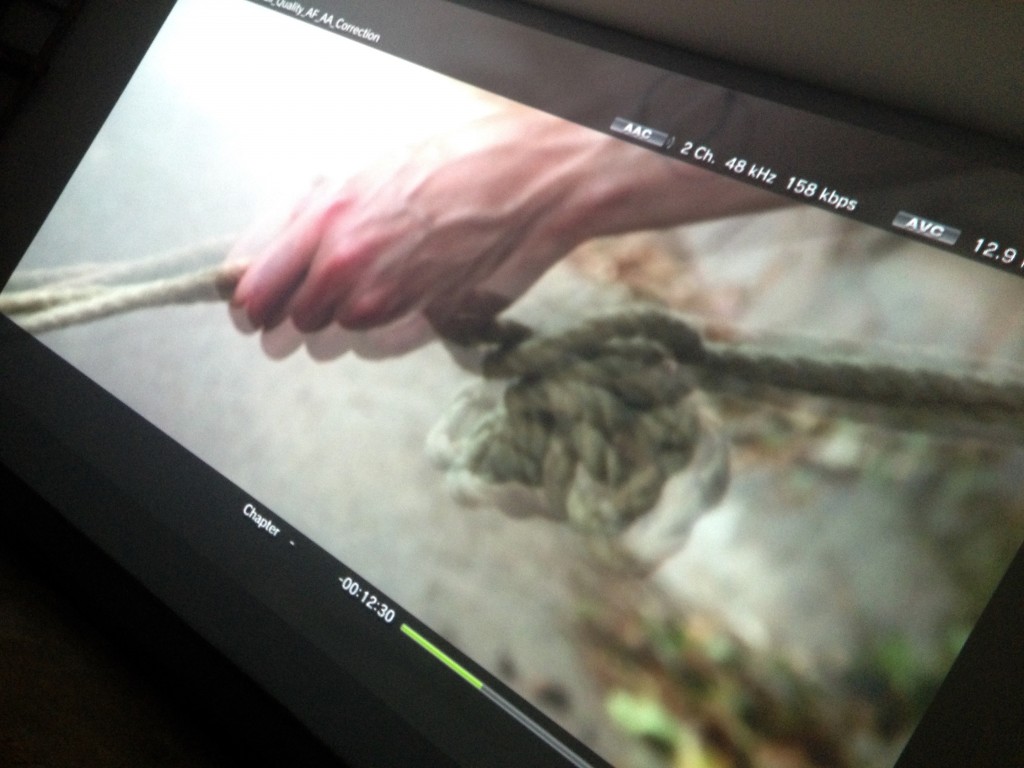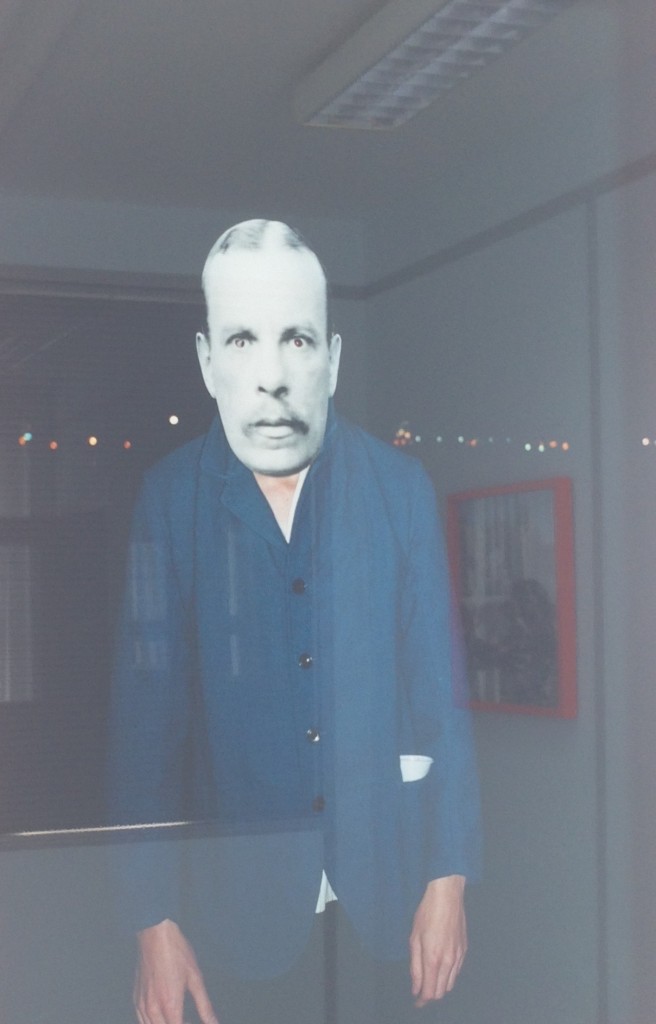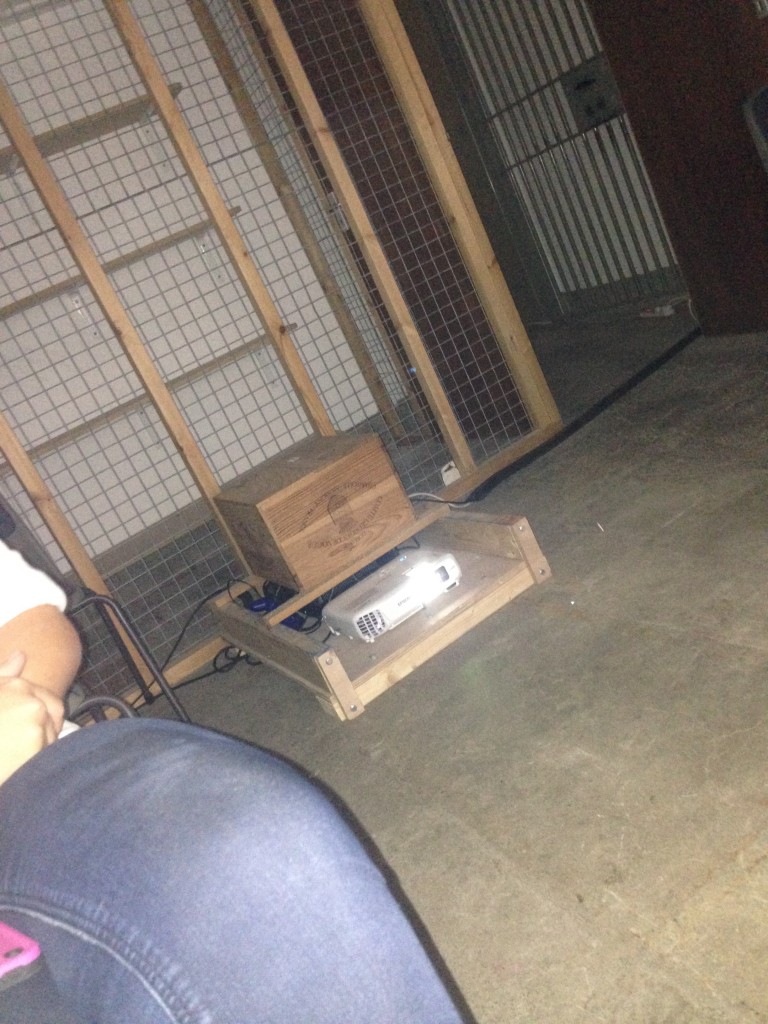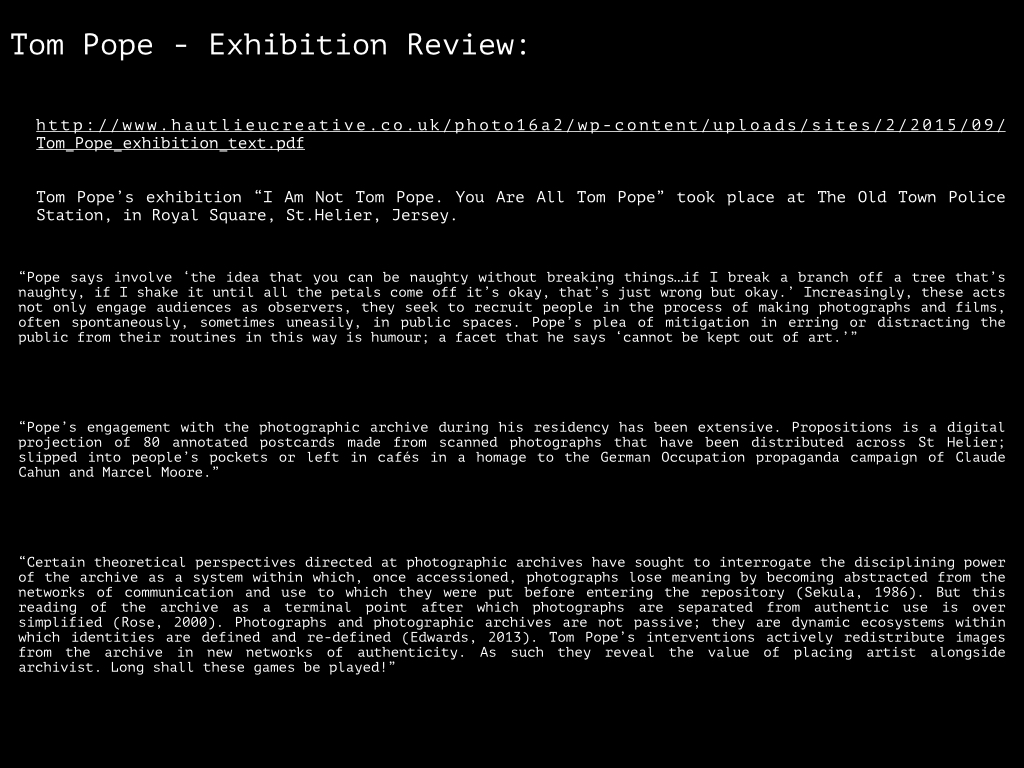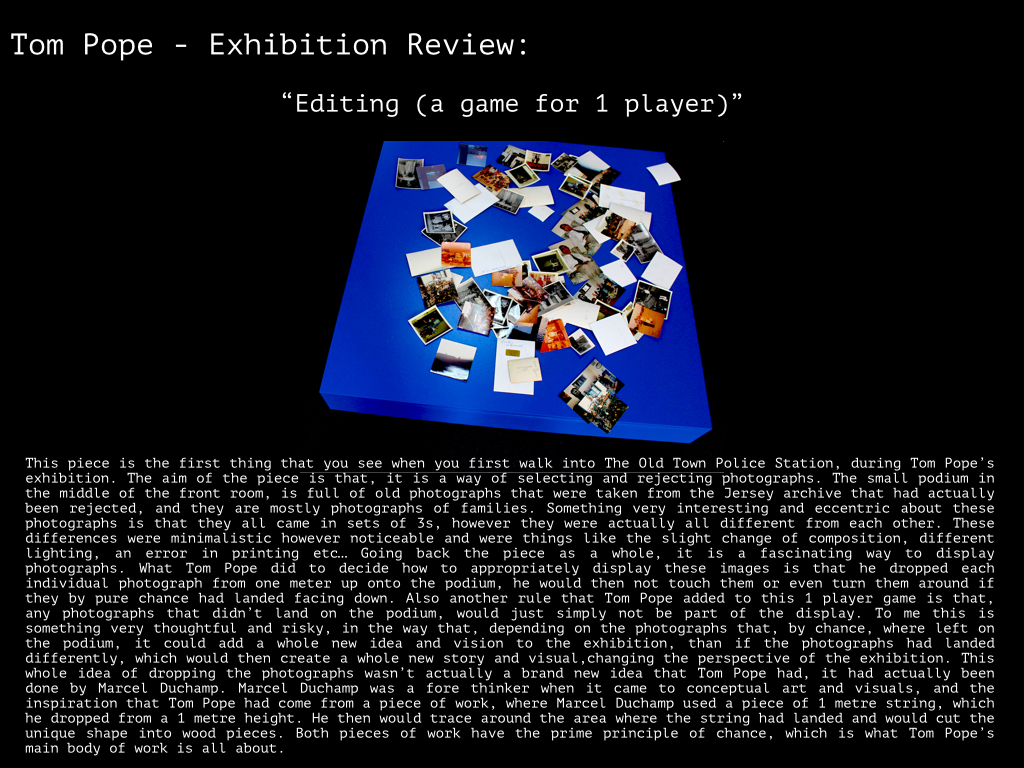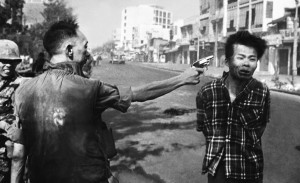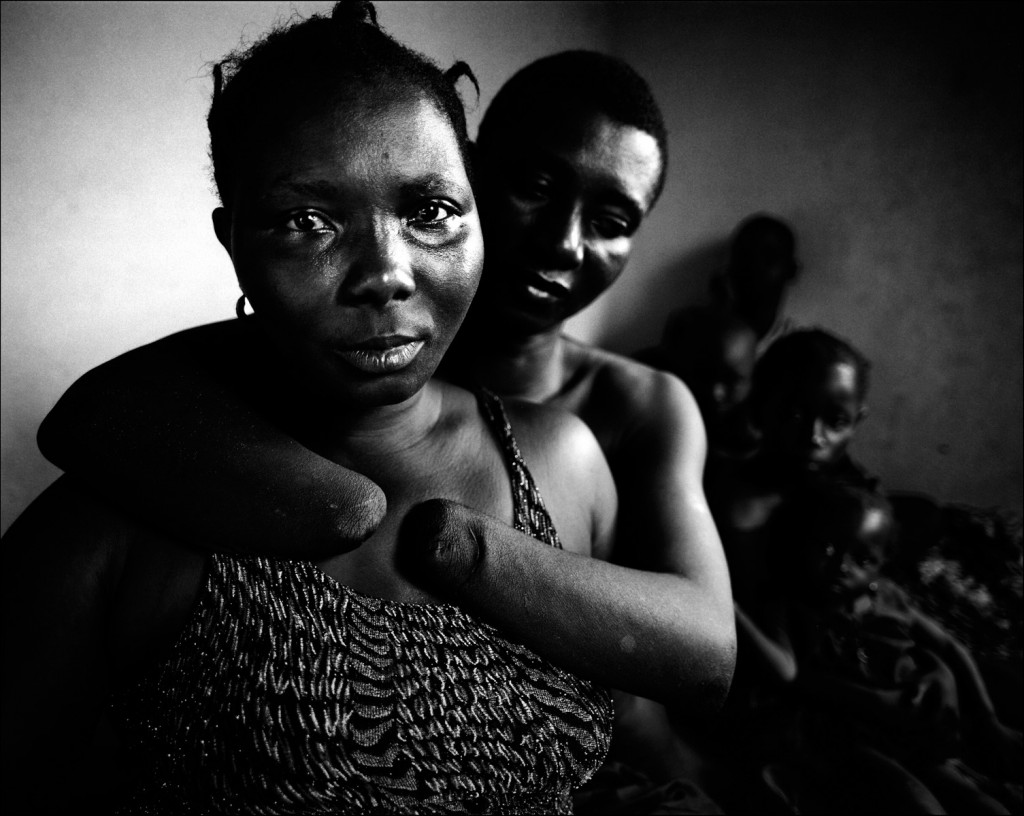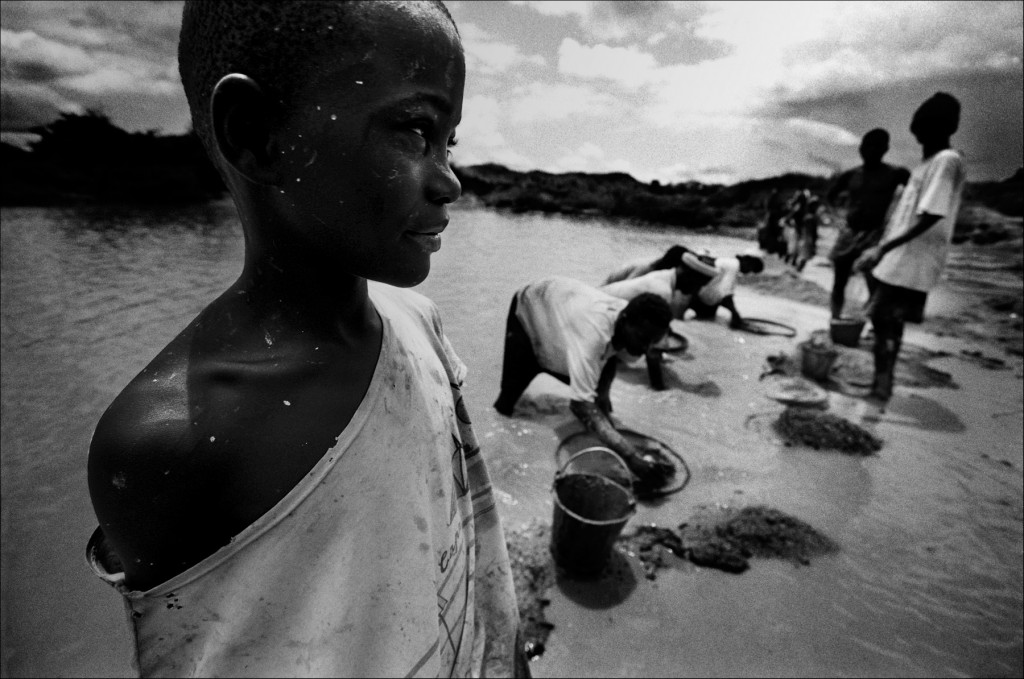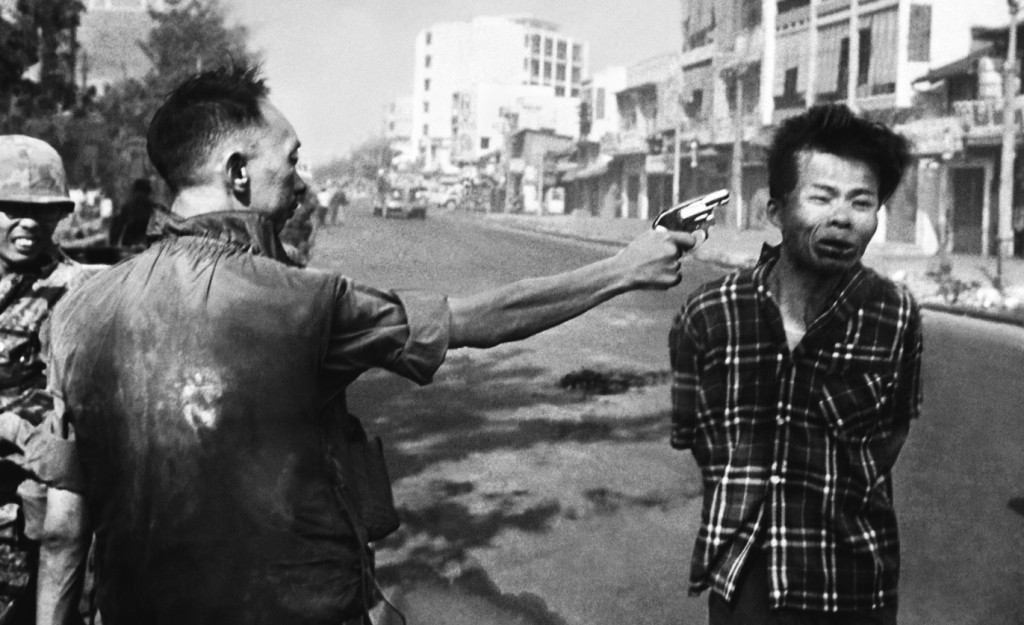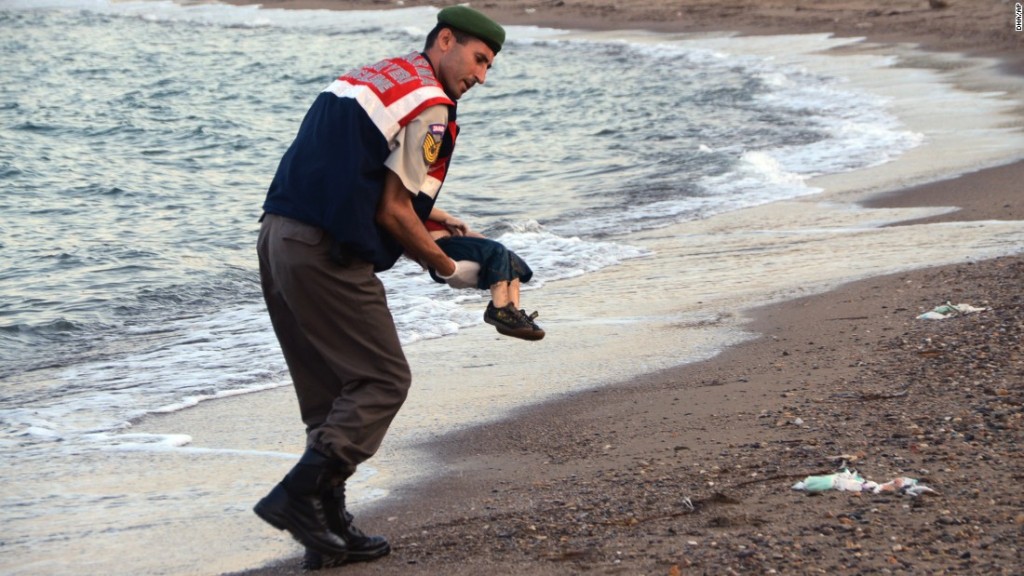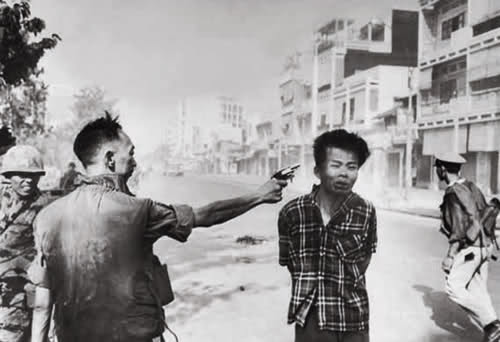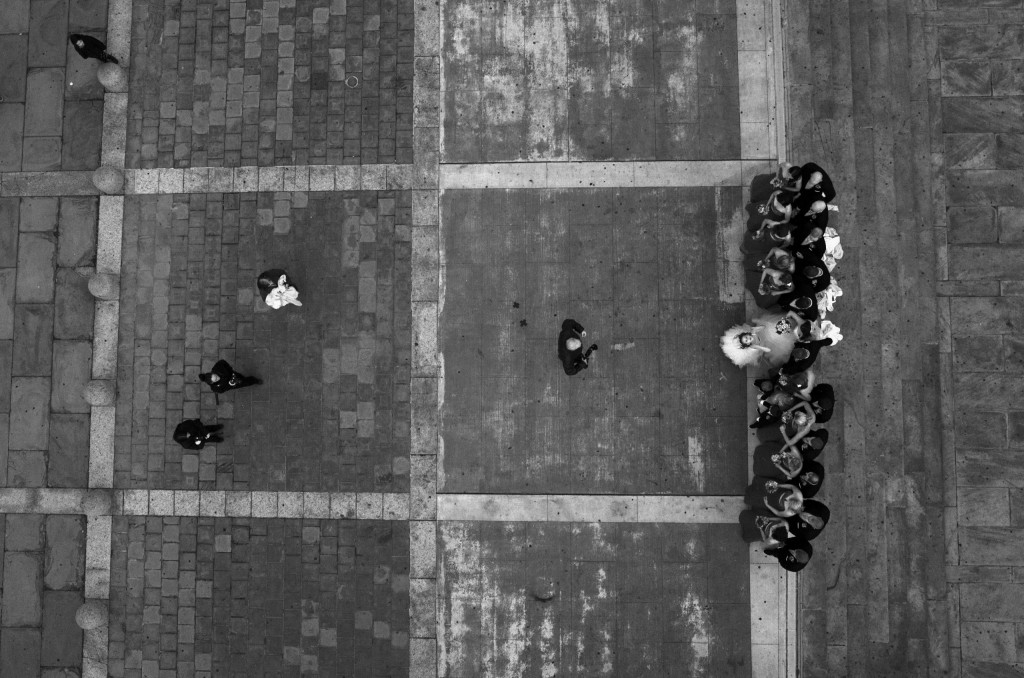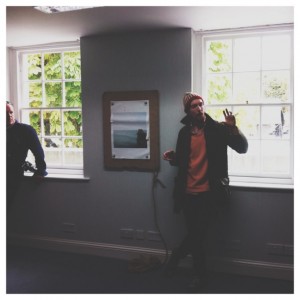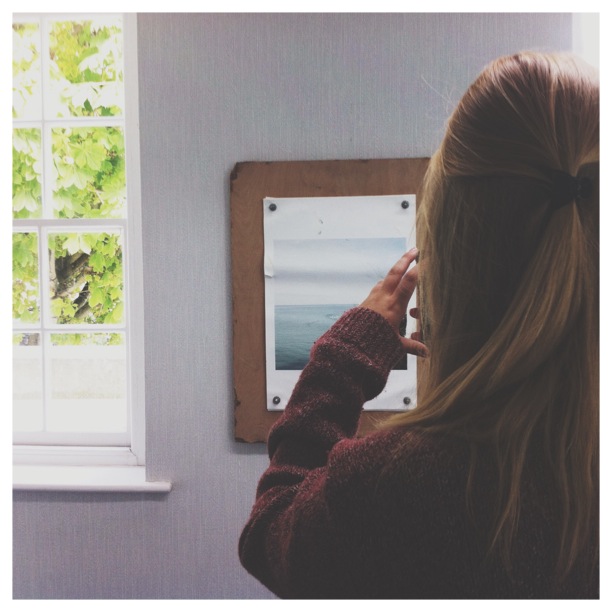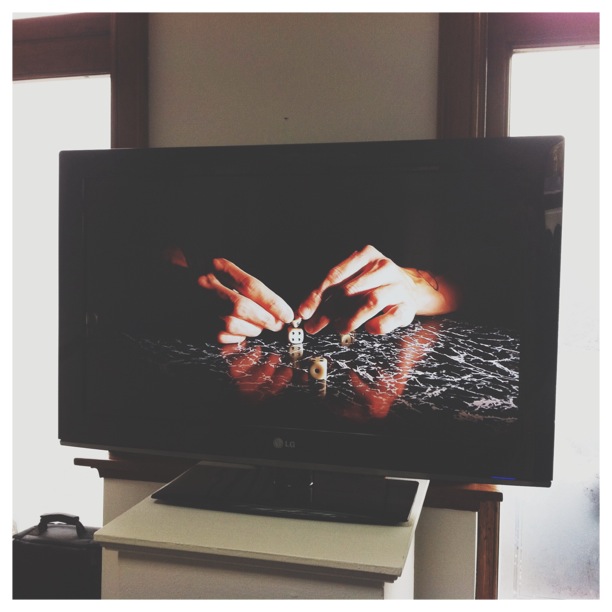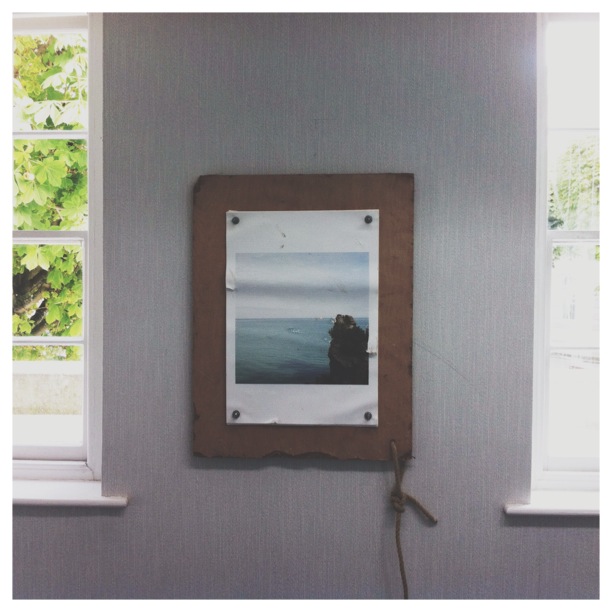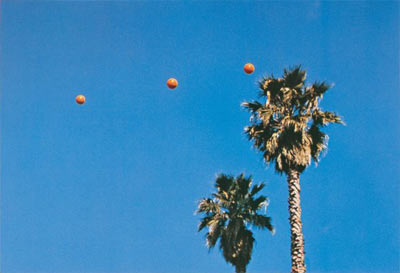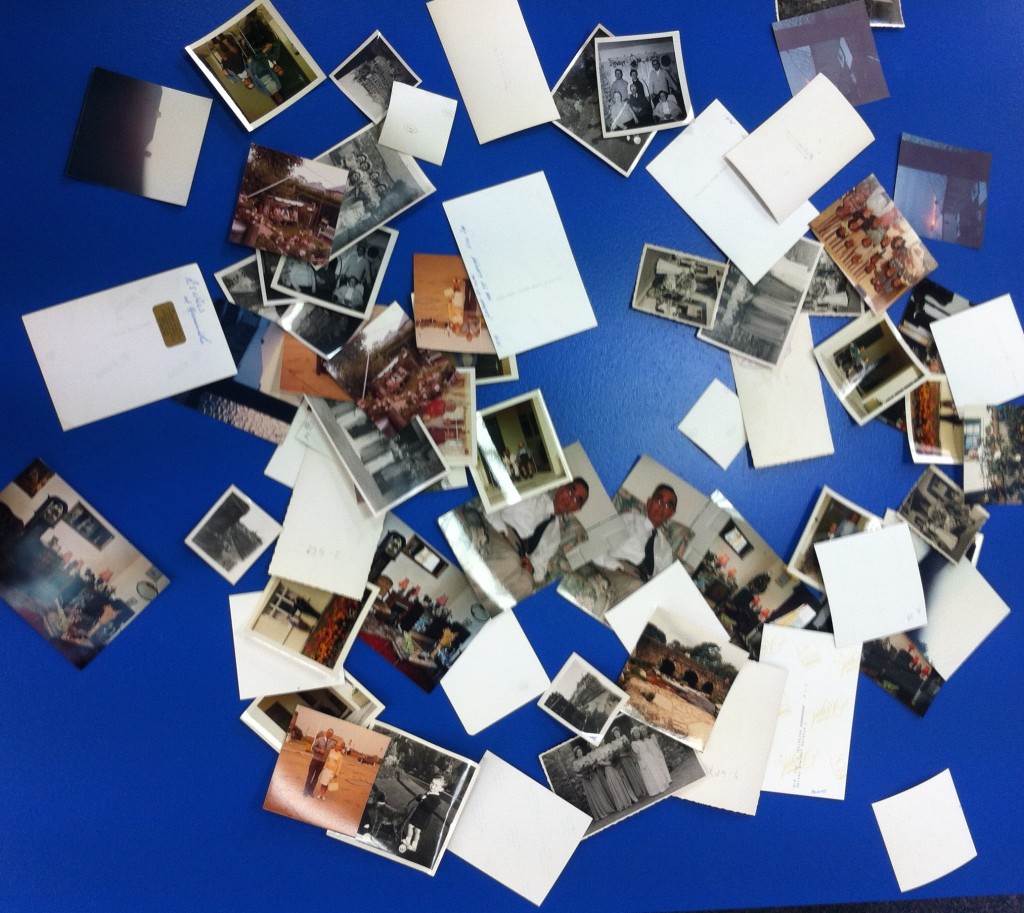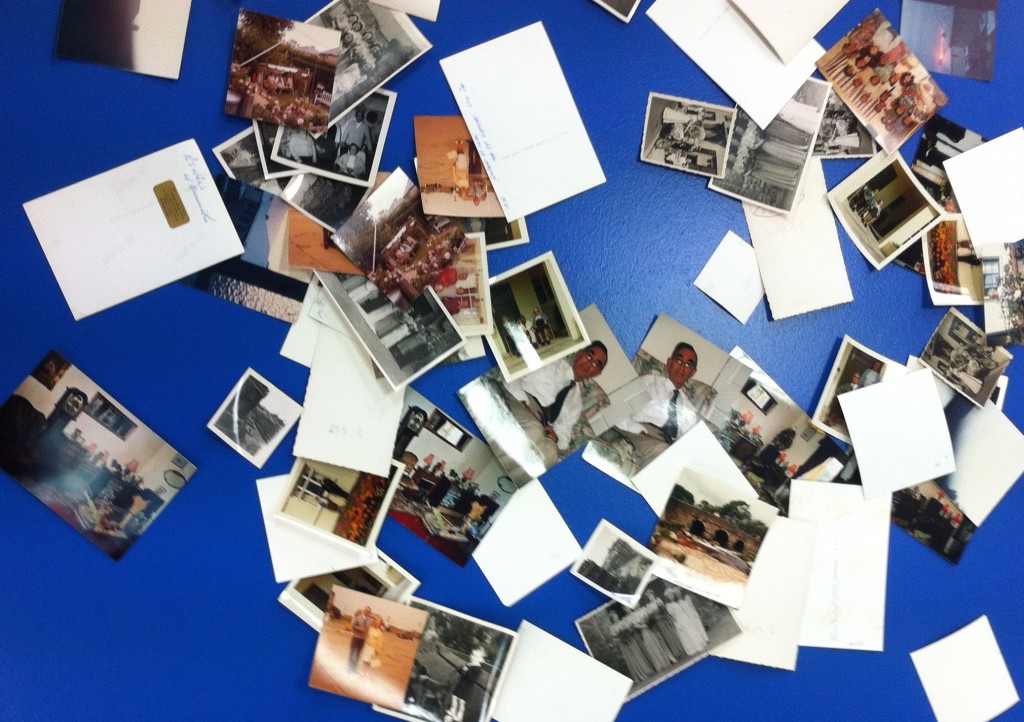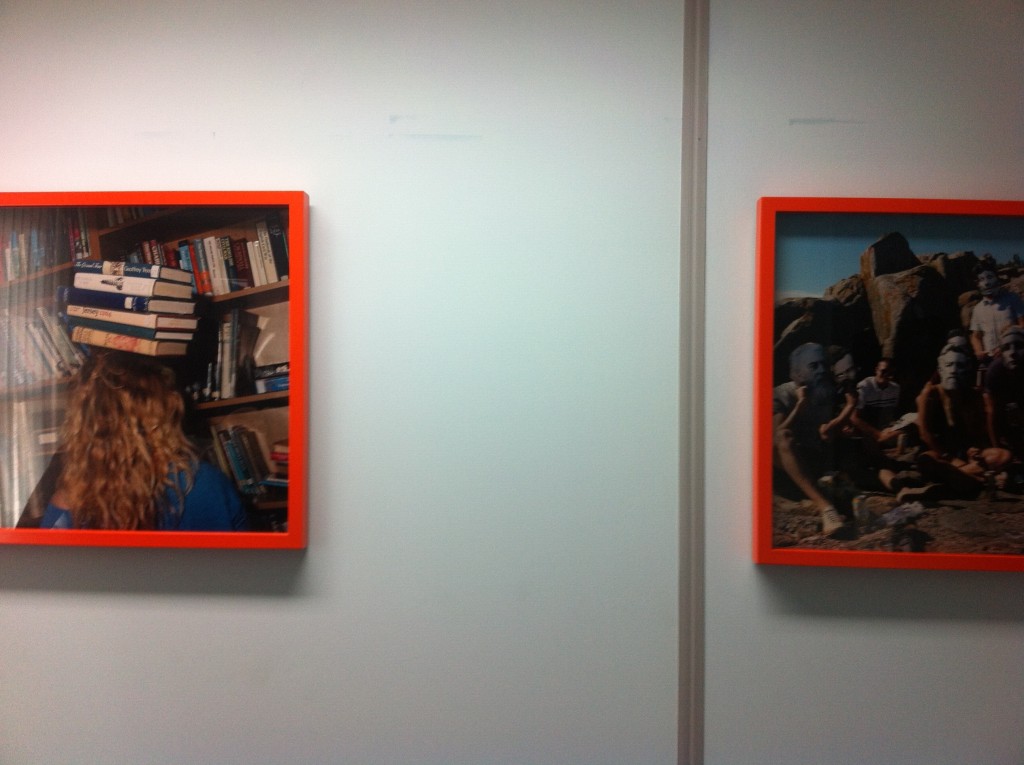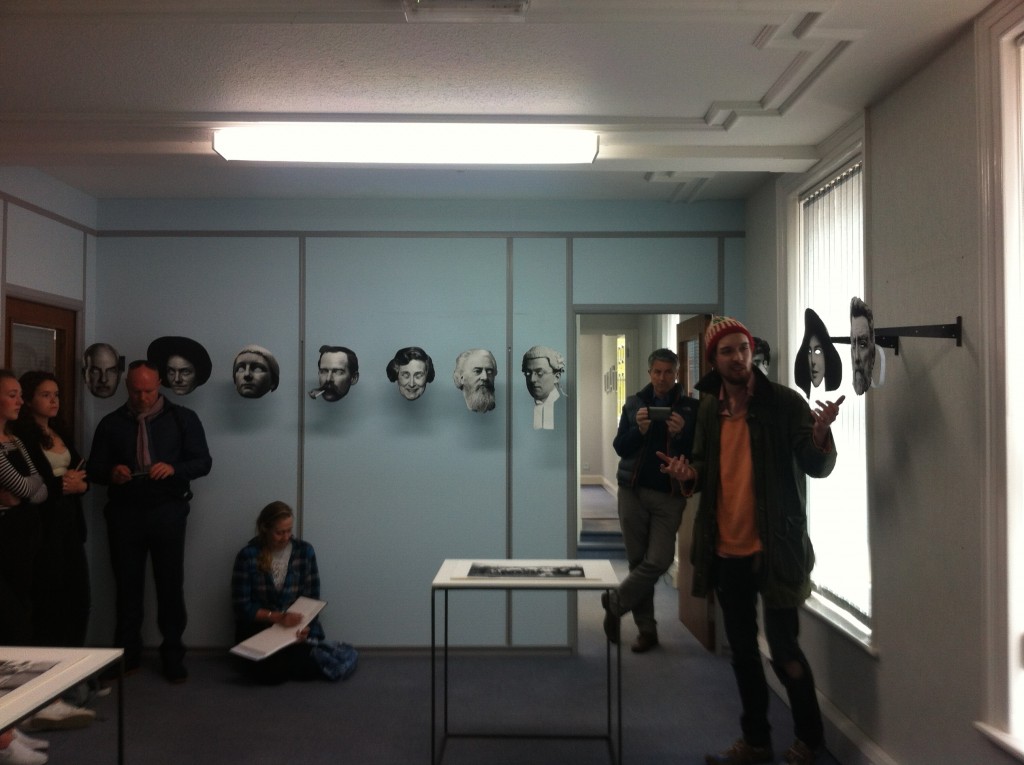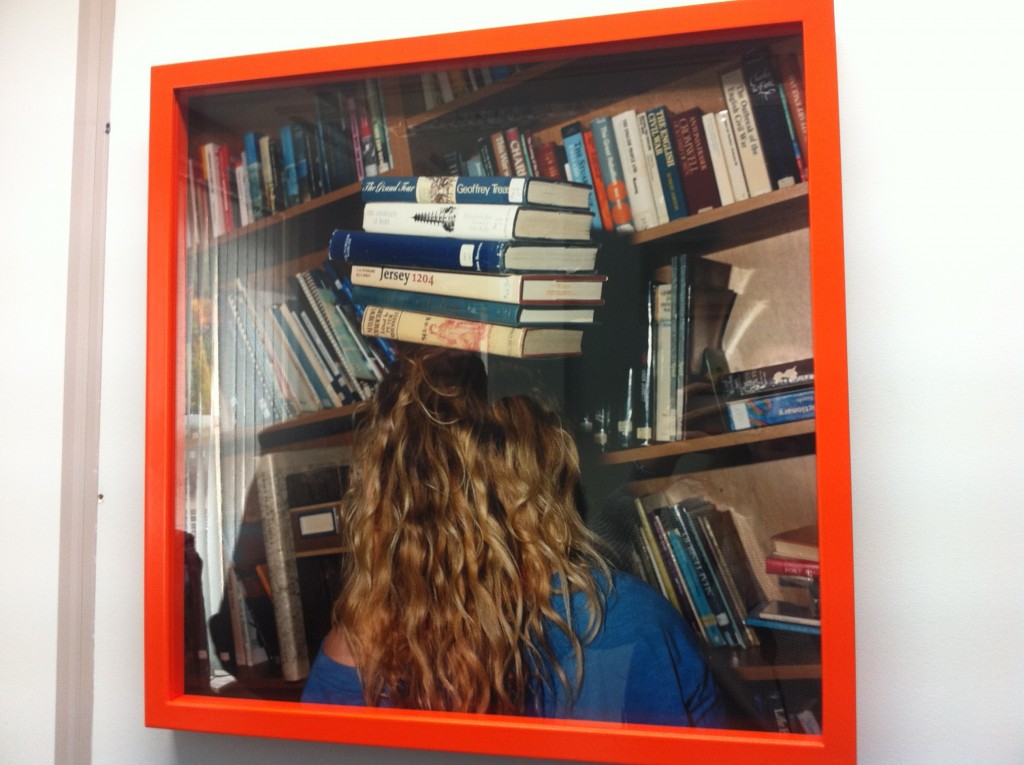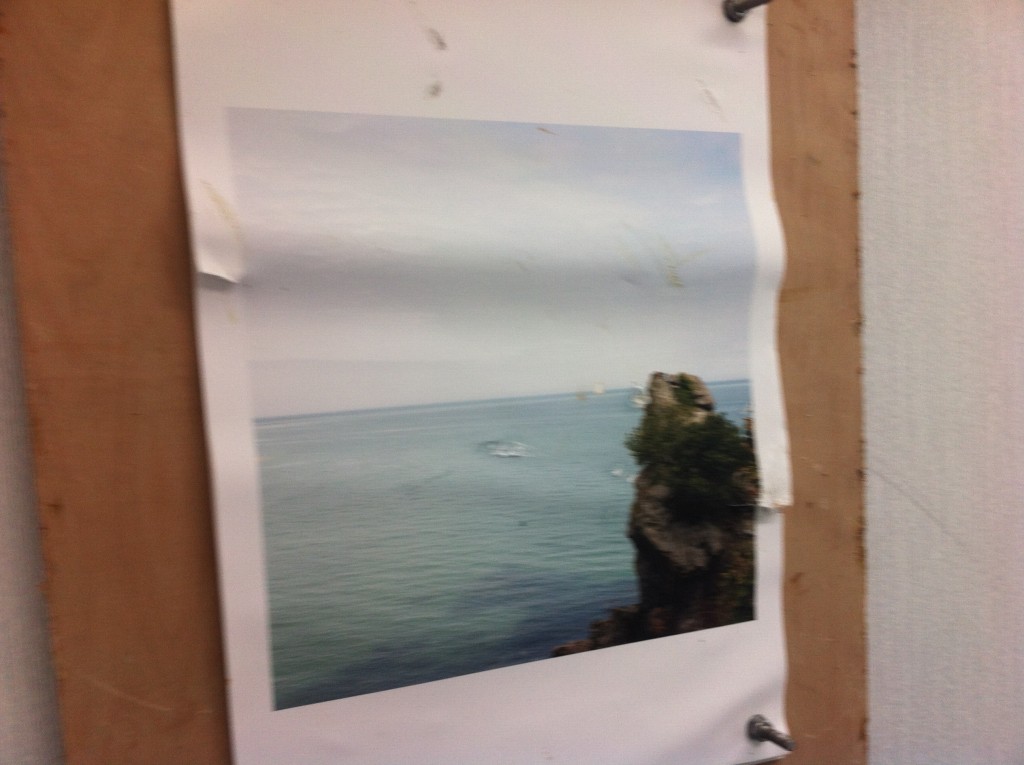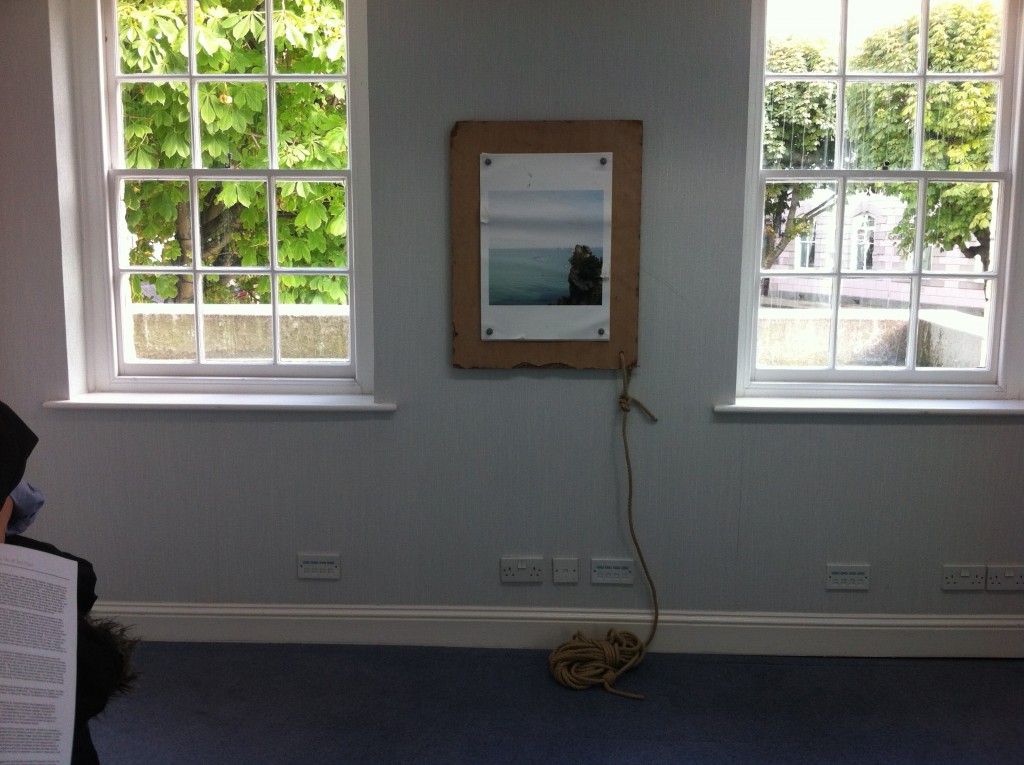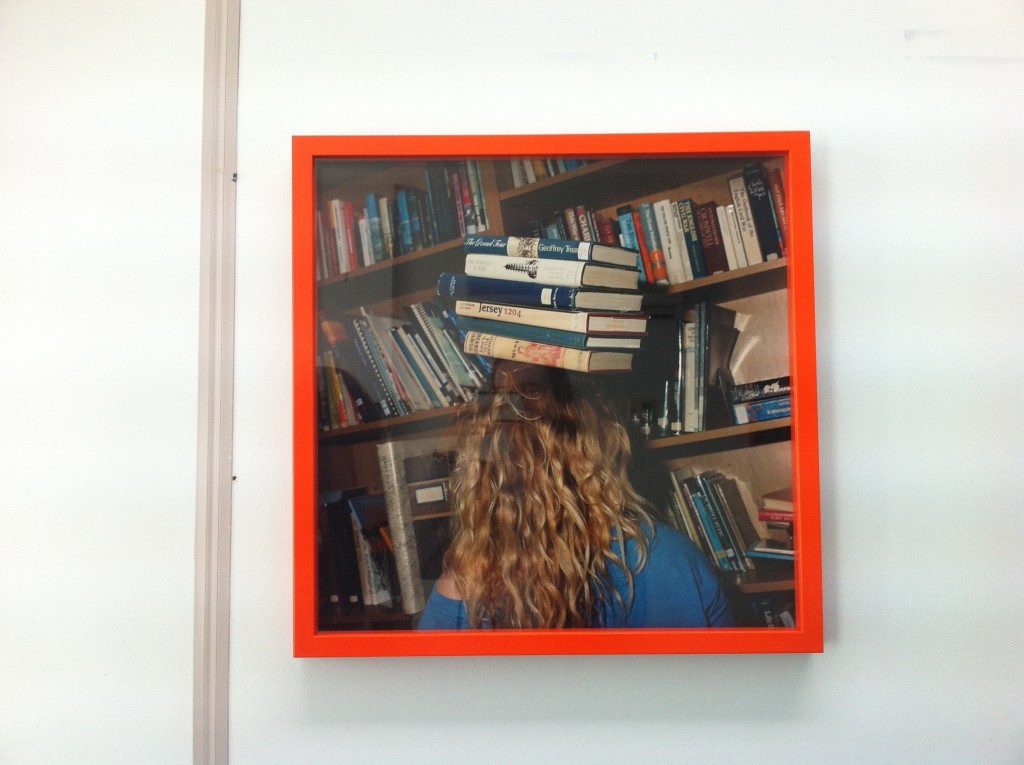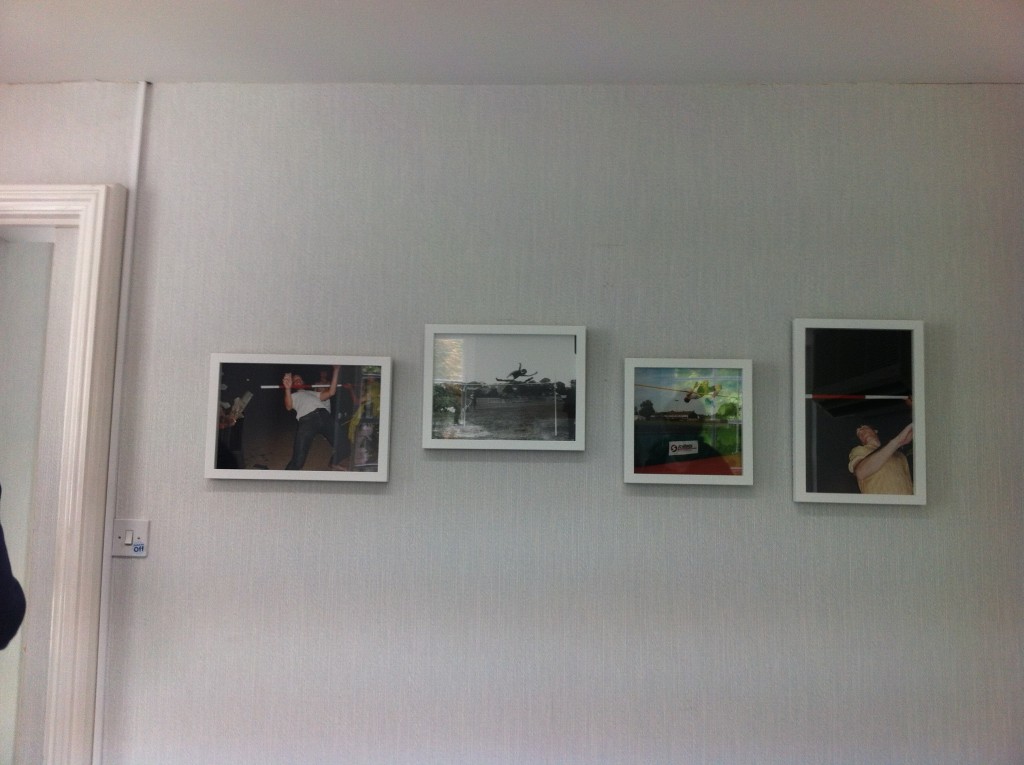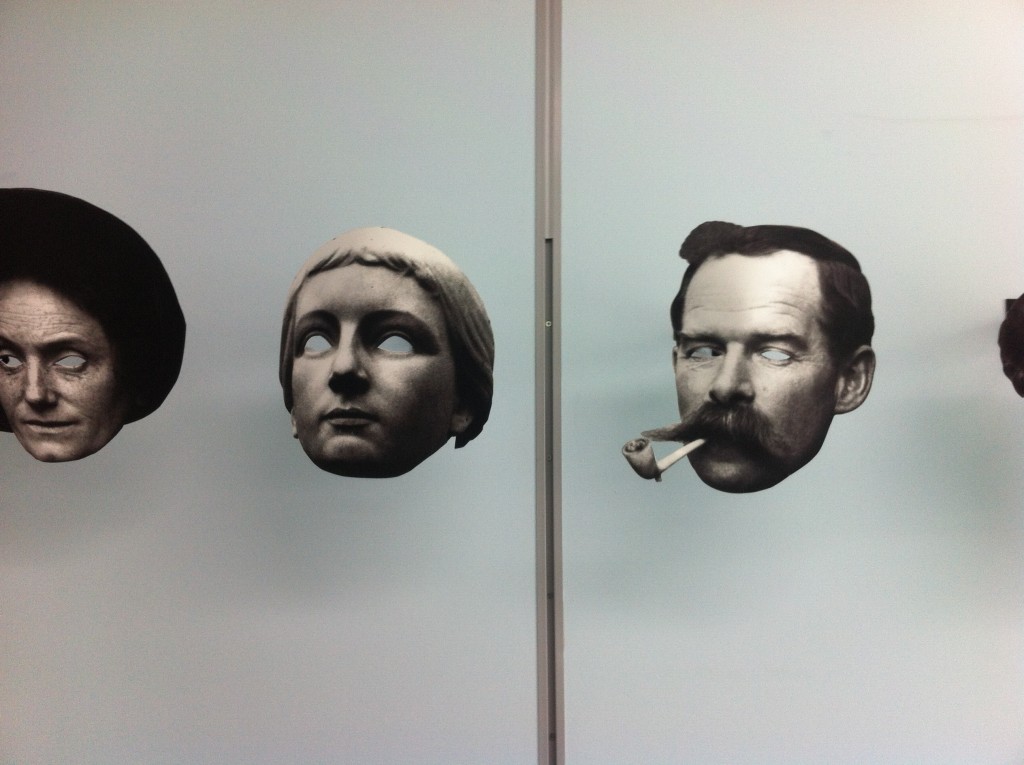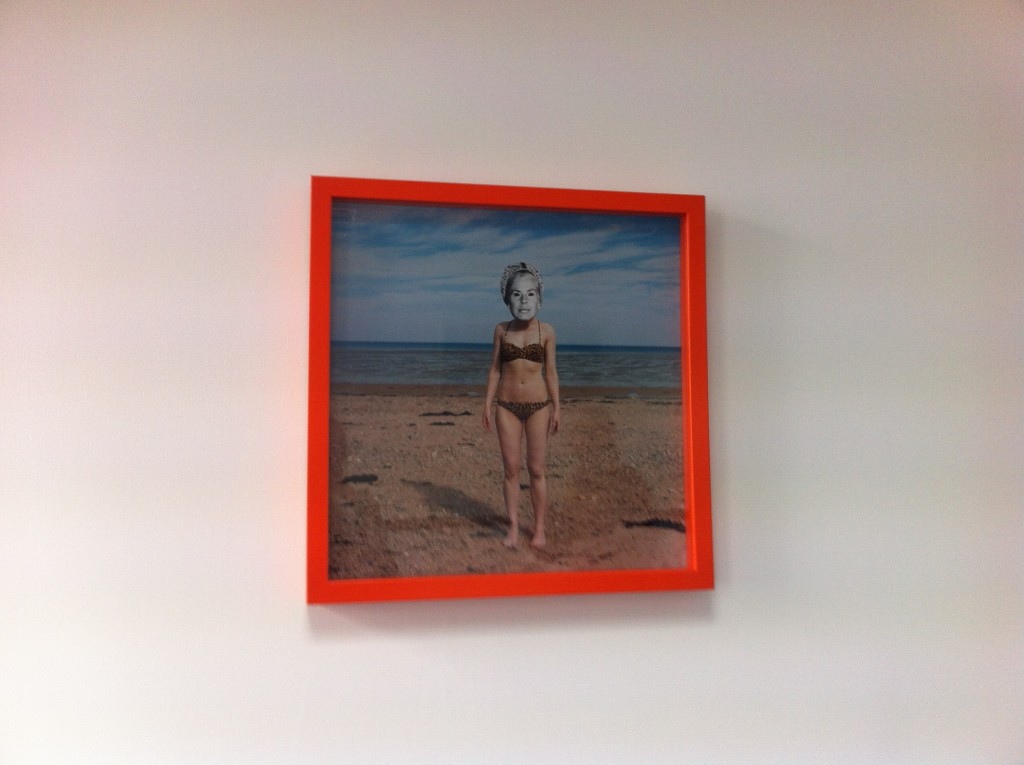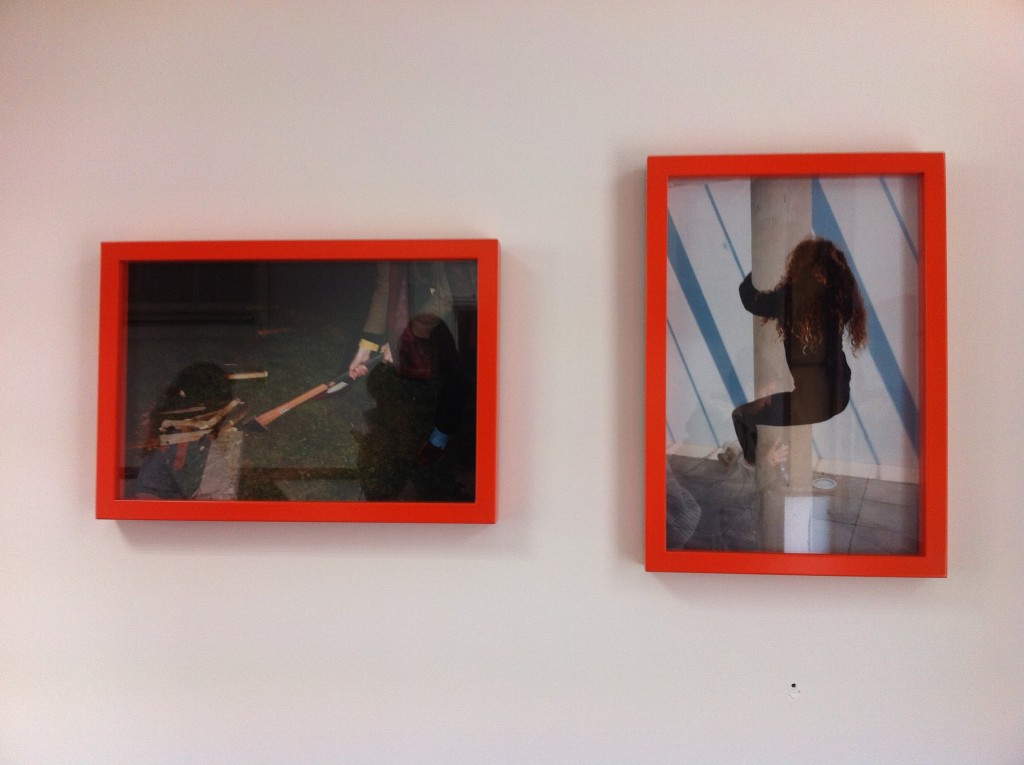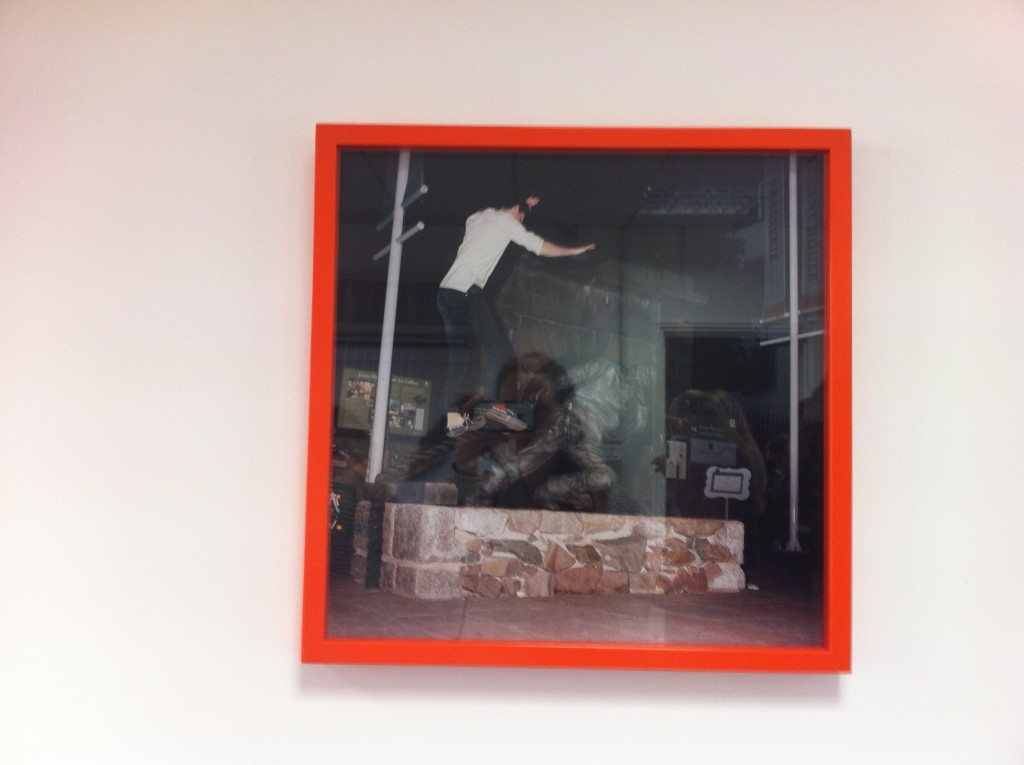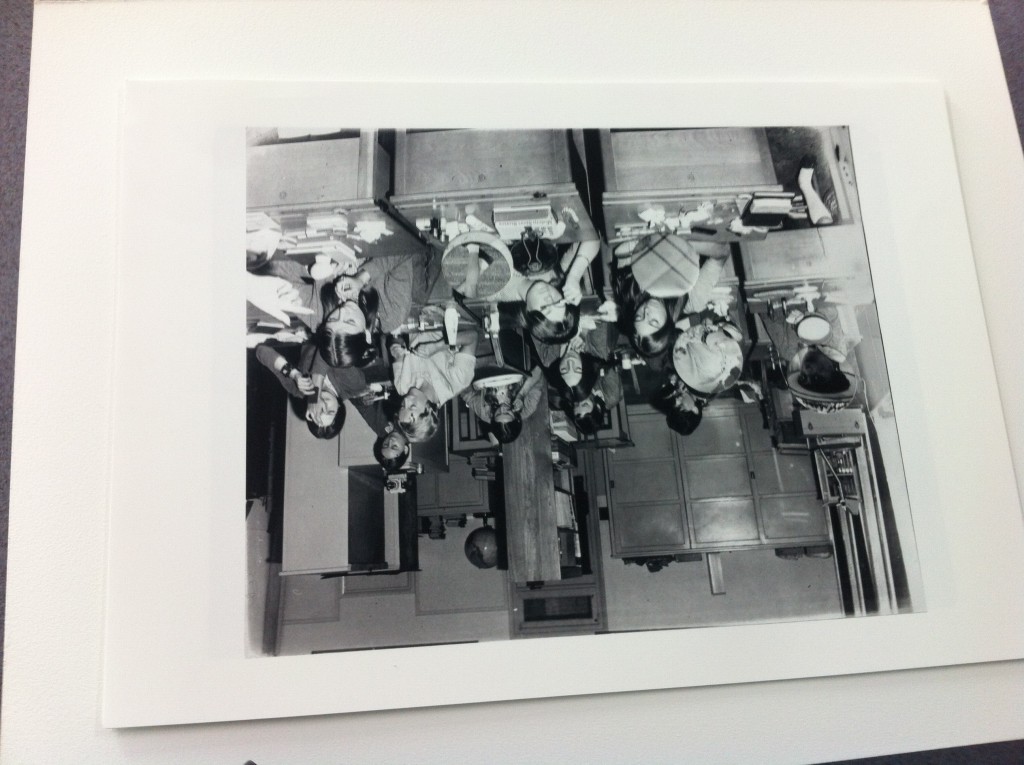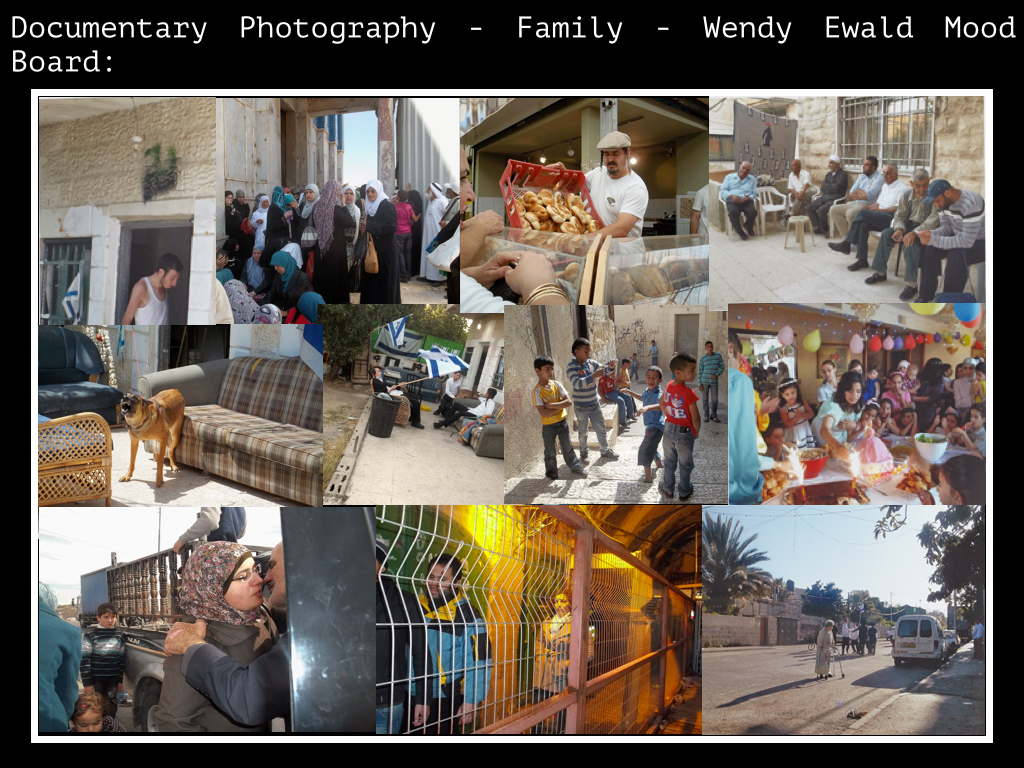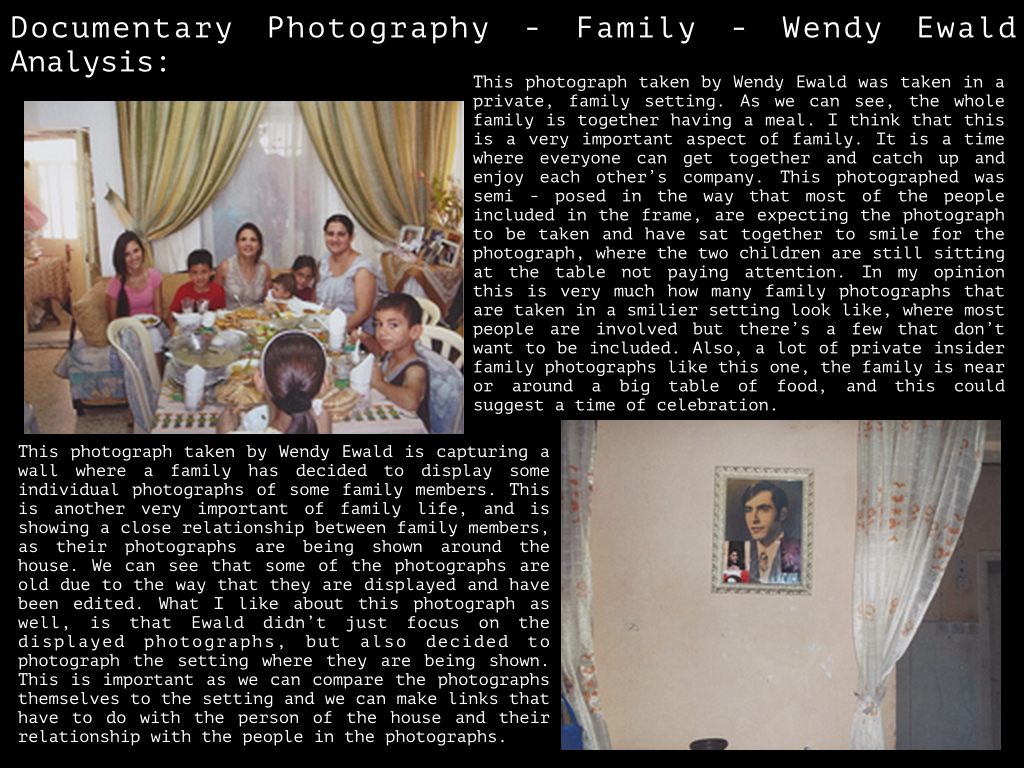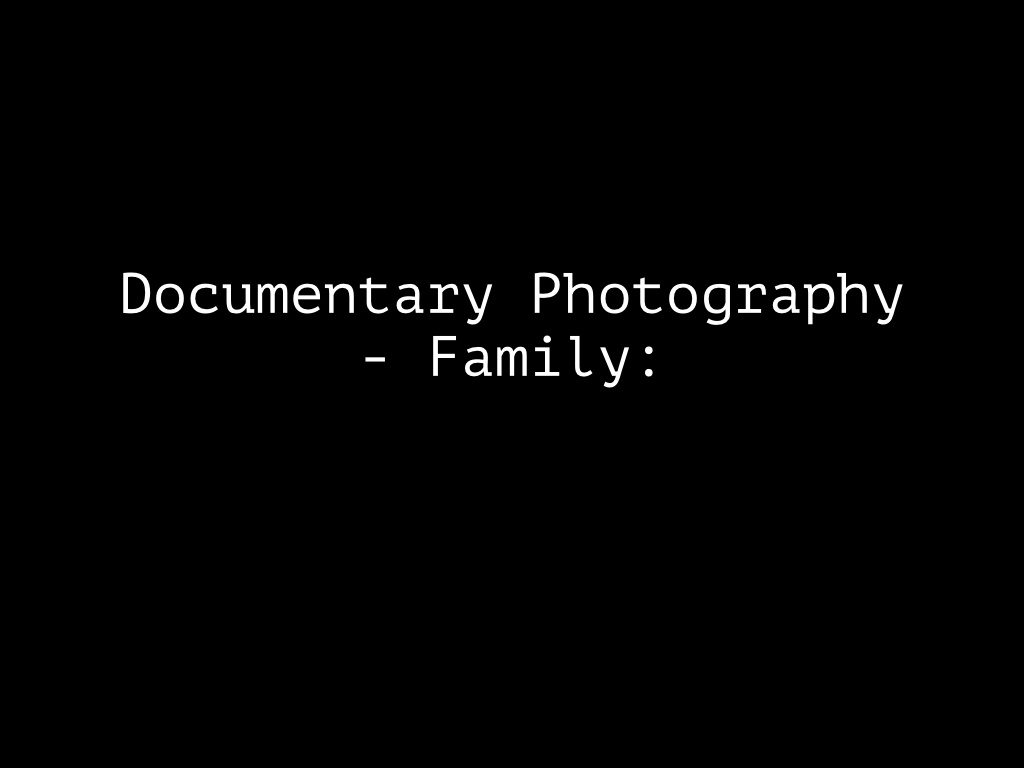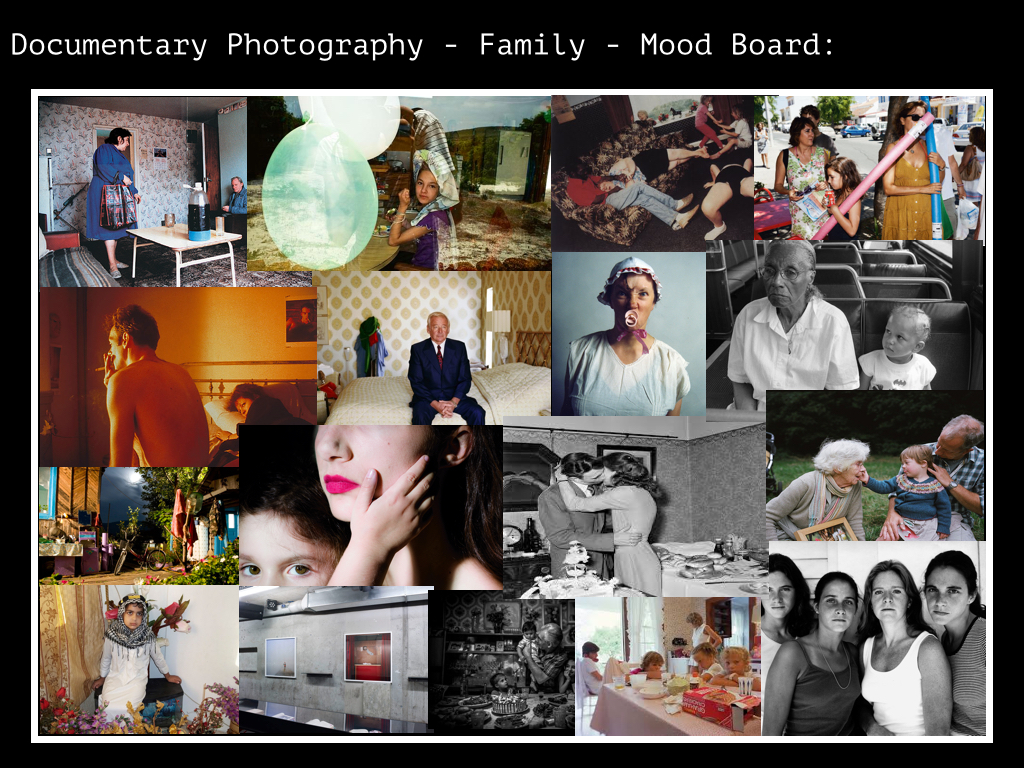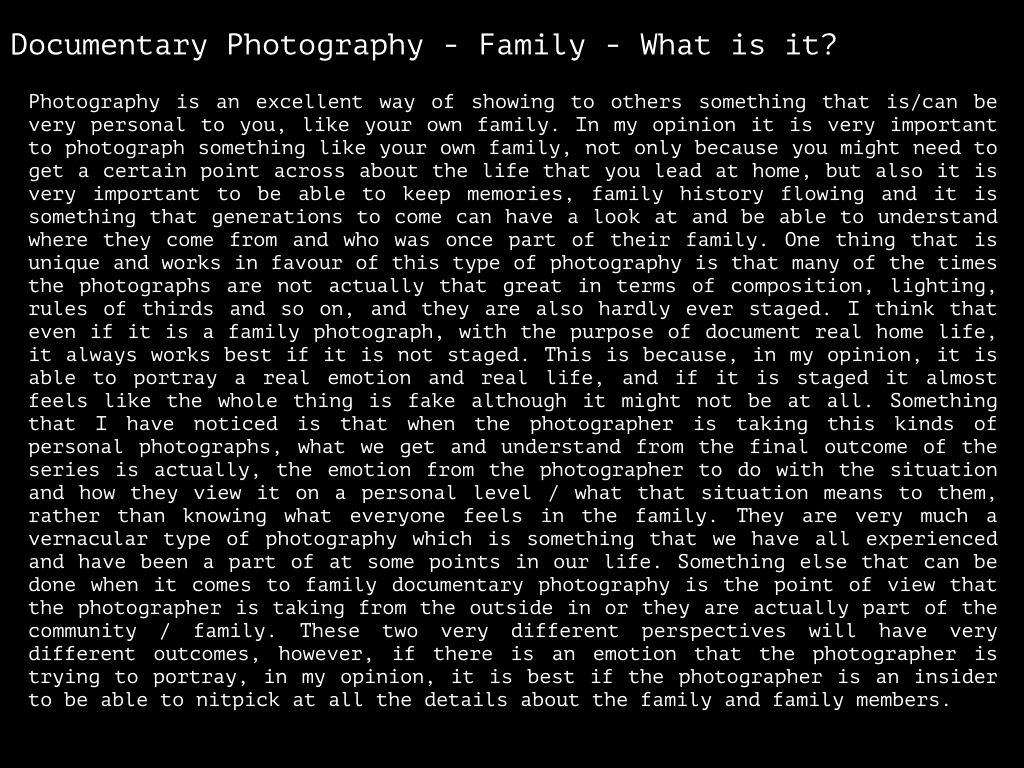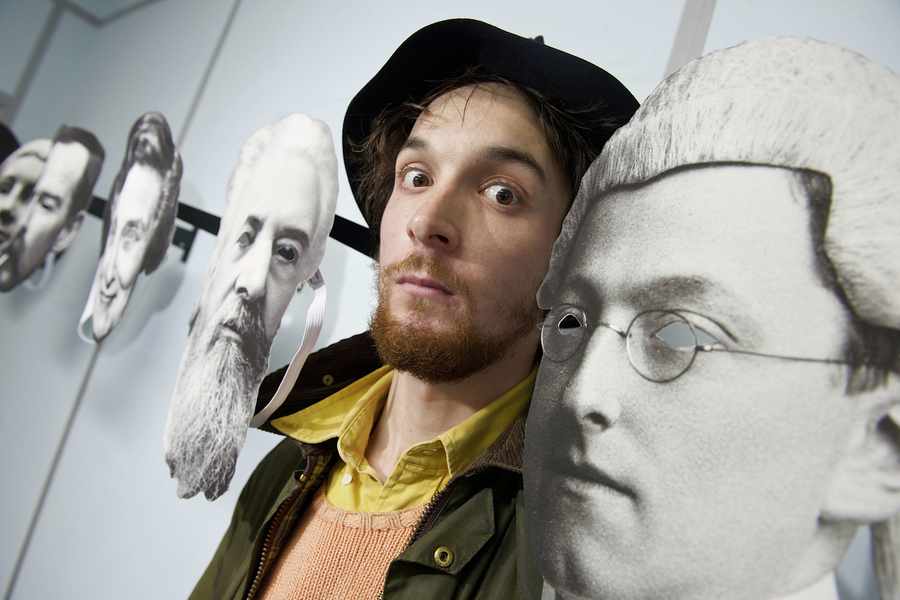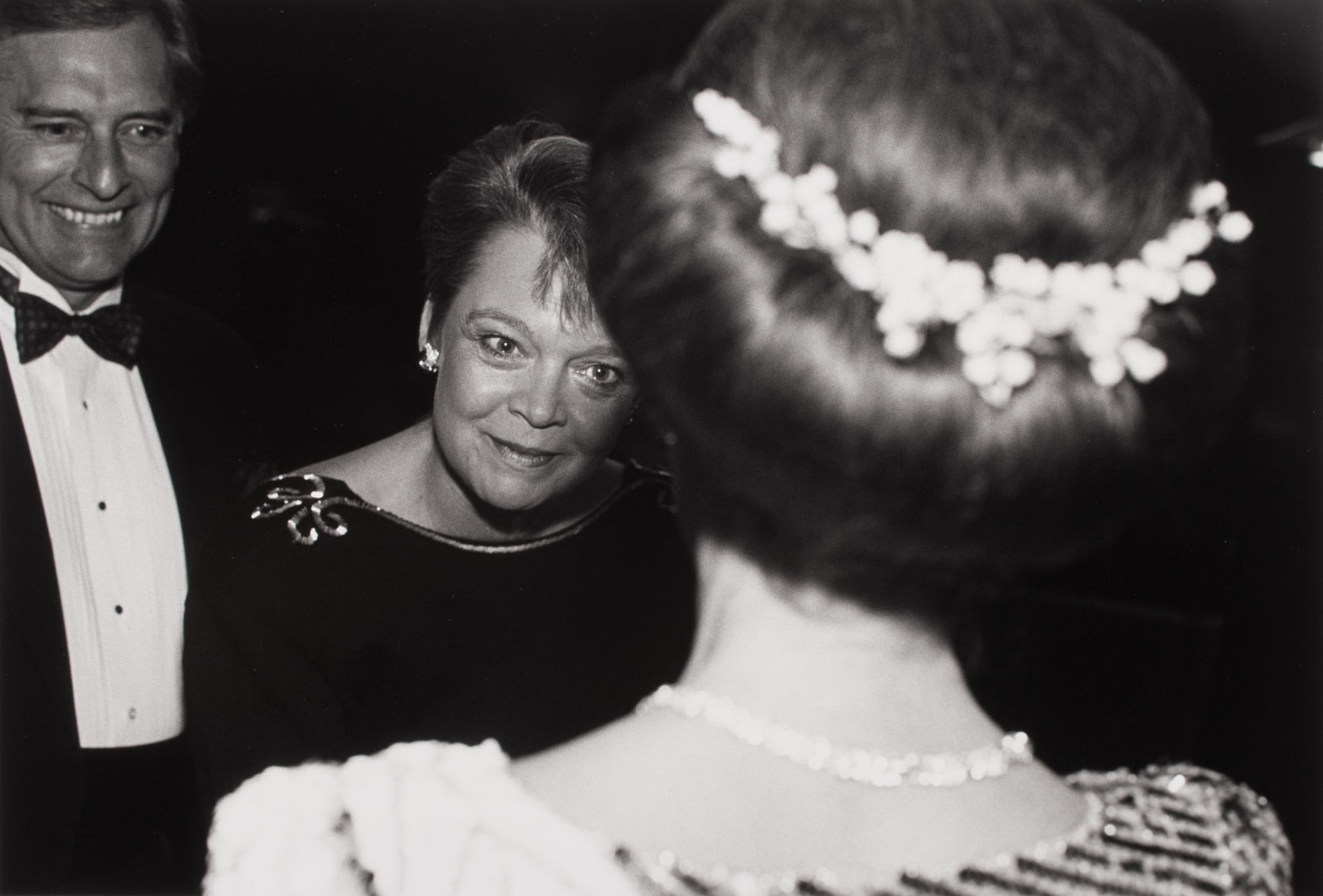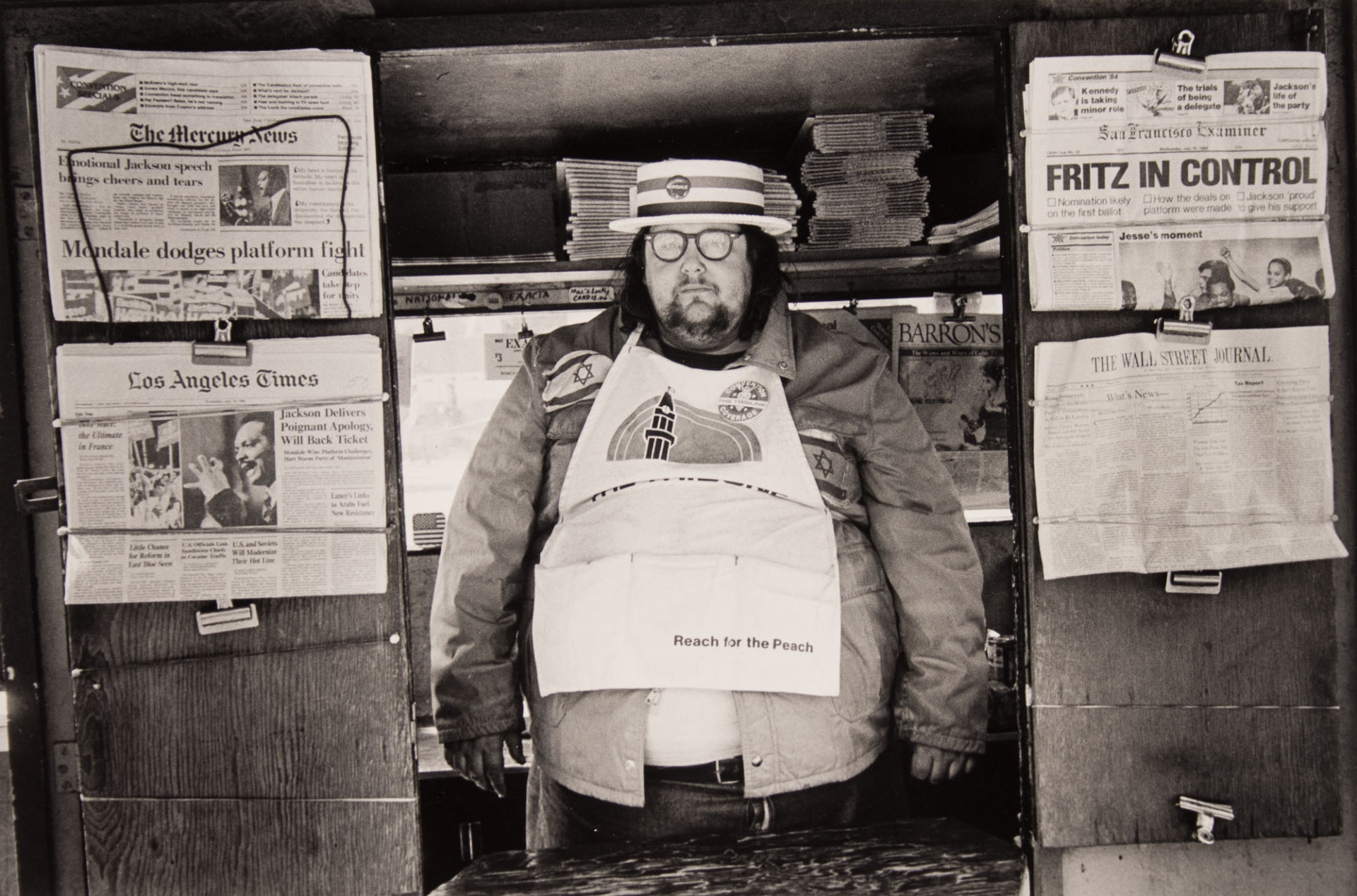Before the summer holidays we met Tom Pope for the first time at the Jersey Societe where he talked about his projects planned for the summer. I recently visited his exhibition in town where his final work was shown. There was a several different works that all were associated with Jersey as an Island. Overall I found Tom’s work very interesting as it was created off of a contextual background, I liked seeing how he worked the Jersey archive into his projects.
The Film
The main piece of Tom’s work that I found interesting was the film. This was presented on a projector down in the ‘dungeon’. Tom’s film was about his adventure that he had where he travelled across Jersey with an old fisherman’s boat that he had bought locally. His Journey started at the Hungry man, and finished out at St Ouen’s bay with a beautiful sunset. Tom had a group of constantly changing people who helped him push the boat to the other side of the island. Alongside this group of helpers, Tom organised for some local musicians to come and play along side him as entertainment. He also encouraged the public to come and take part.
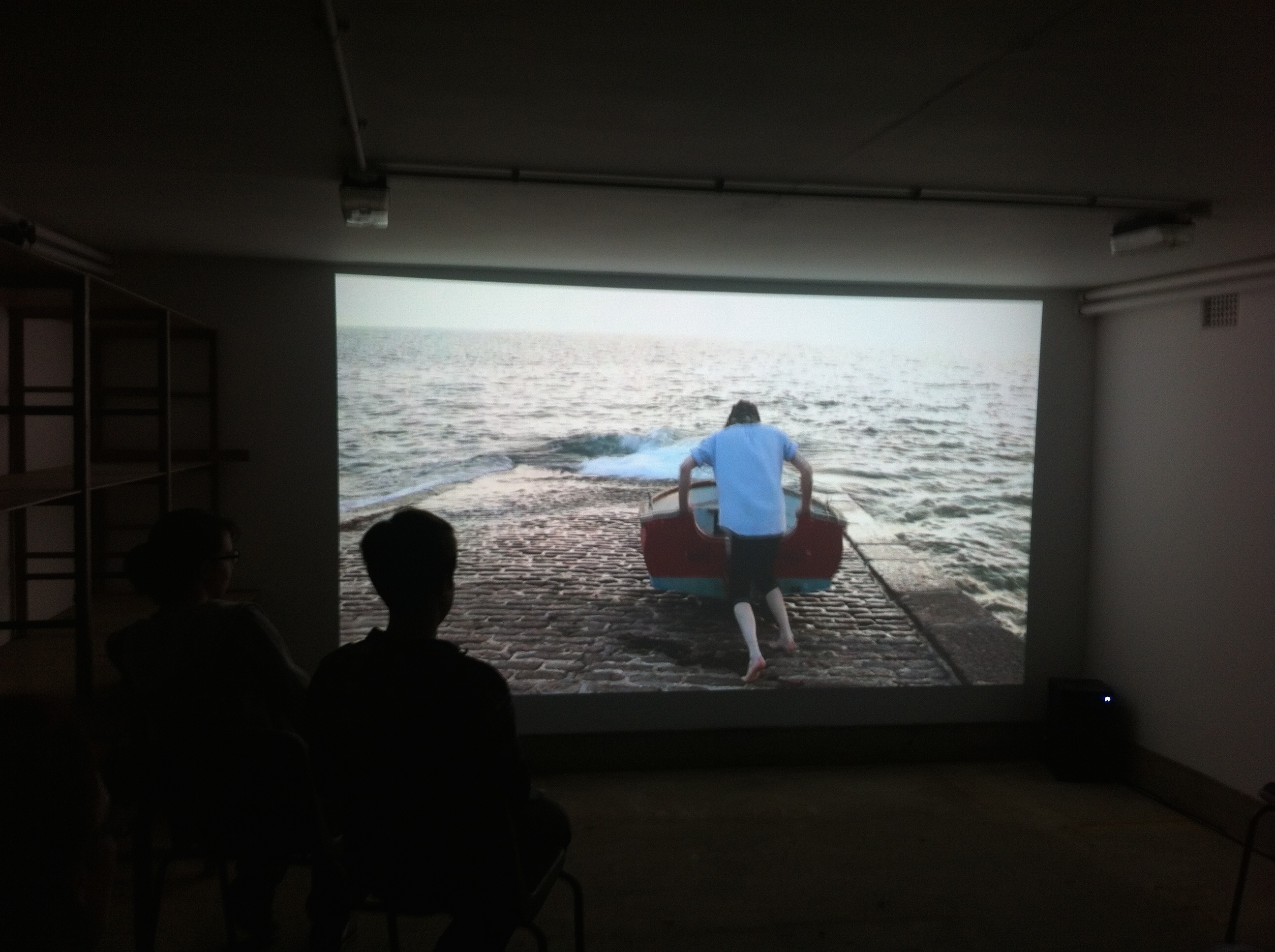
I really like the experimentation that Tom used in his video through sound, it was all sounds that were relevant to the action going on in the film. For example the sound of footsteps, or the sound of drilling when making the wooden crate with wheels on (which the boat rested on so it could be pushed easier). I think that the use of sound made the video more exciting as a viewer as it is appealing to more than one of the senses, hearing, as well as visual. Because of the use of sound, I found that this film differed from Tom’s usual style of work as he usually does not edit the video’s and just presents them as they are filmed. I think its interesting that Tom has experimented with editing the video, and shows that his work is beginning to change as he experiments with new presentation tools.
Throughout the film, black and white images appear, These images had been selected from the Jersey archive by Tom, and had given him inspiration to create the projects that he did. I really like that Tom’s projects have more depth to them, and hold some context of Jersey’s history. A further way that Tom used the Jersey archive in his work was his Badge Project.
The Badge Project
Tom Pope enjoys using the element of change and playfulness through his work, to make it more exciting and random. A project where he expressed these ways of working was through his Badge Project. Tom looked at over thousands of photographs in the Jersey Archive and selected some that particularly took his eye. These photographs he copied and enlarged.
“Many of Pope’s works are interdisciplinary, combining performance, photography and moving image” -Gareth Syvret
Tom bought these archive photographs out to different events with him and asked members of the public to flip a disk onto one of the photographs. Wherever the disk landed, he would use that circle of the photograph and make it into a badge. Tom did this project as he wanted to start getting old photographs from the Jersey archive back into everyday life. So rather than doing this in a more traditional way he decided to do it in an abstract way of creating an accessory.
I like the selection of images for the project, because they are all in black and white, therefor give that ‘old photograph’ feel. I also think that these photographs come from a range of different times which makes the project even more abstract and intriguing for me. All of the photographs were presented in a pile with the cut out badge holes in them. I like that the images presented at the exhibition were the original photographs used in the games however I didn’t like they way they were presented. They were all in a pile, therefor you couldn’t see any of the images except the top one.
An interesting way that this project could have been developed, would be if the old archive images were connected, in a visual way to recent photographs. For example the badge project to have also been played on recent images, to bring the whole collection of Jersey’s images together.
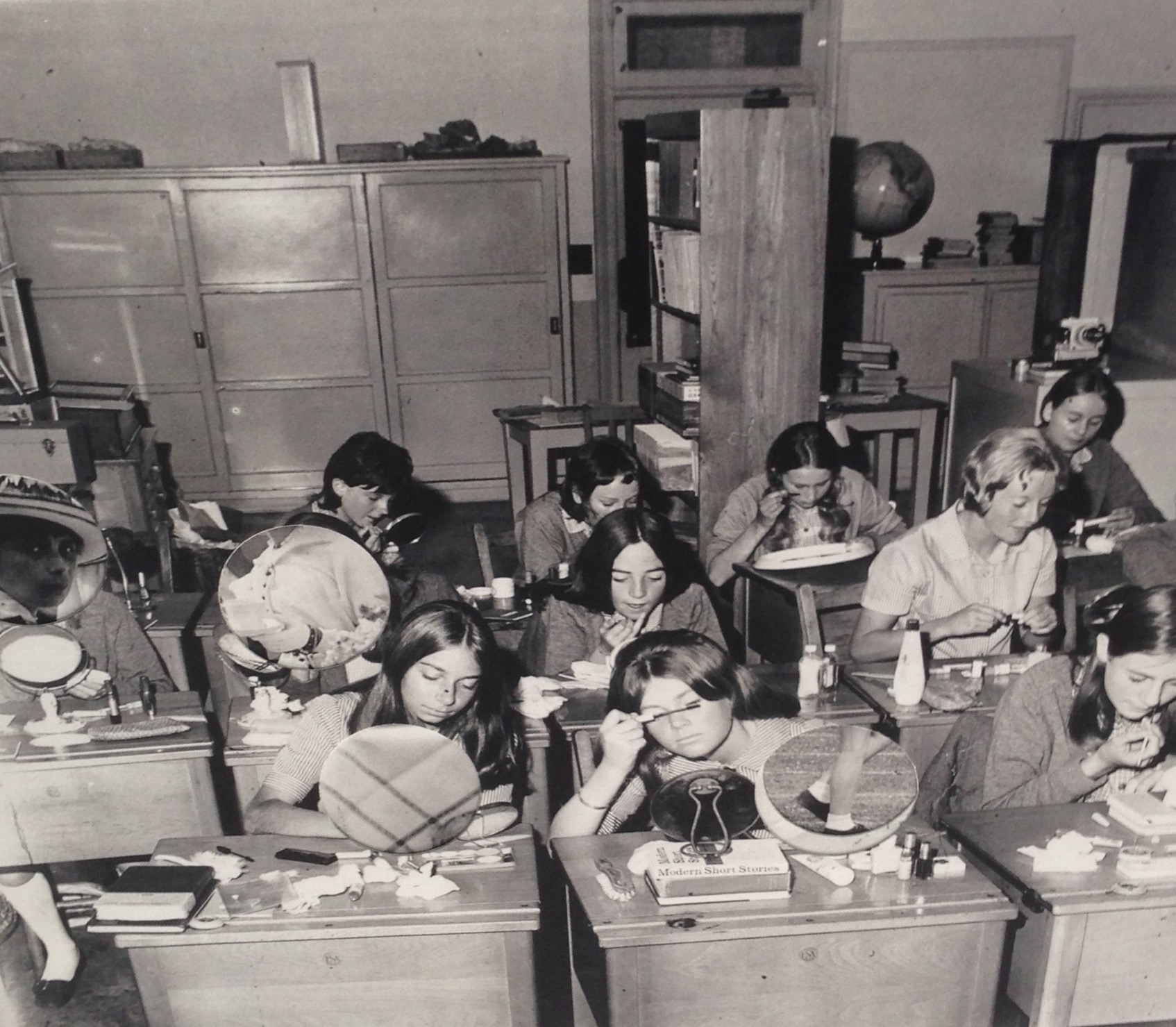
Here are some other images taken from Tom Pope’s exhibition;

